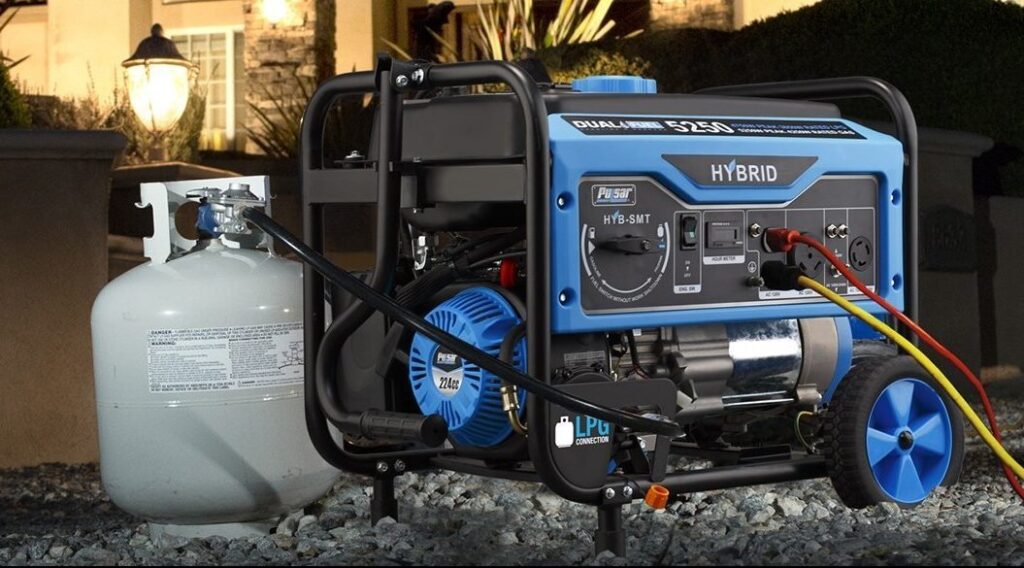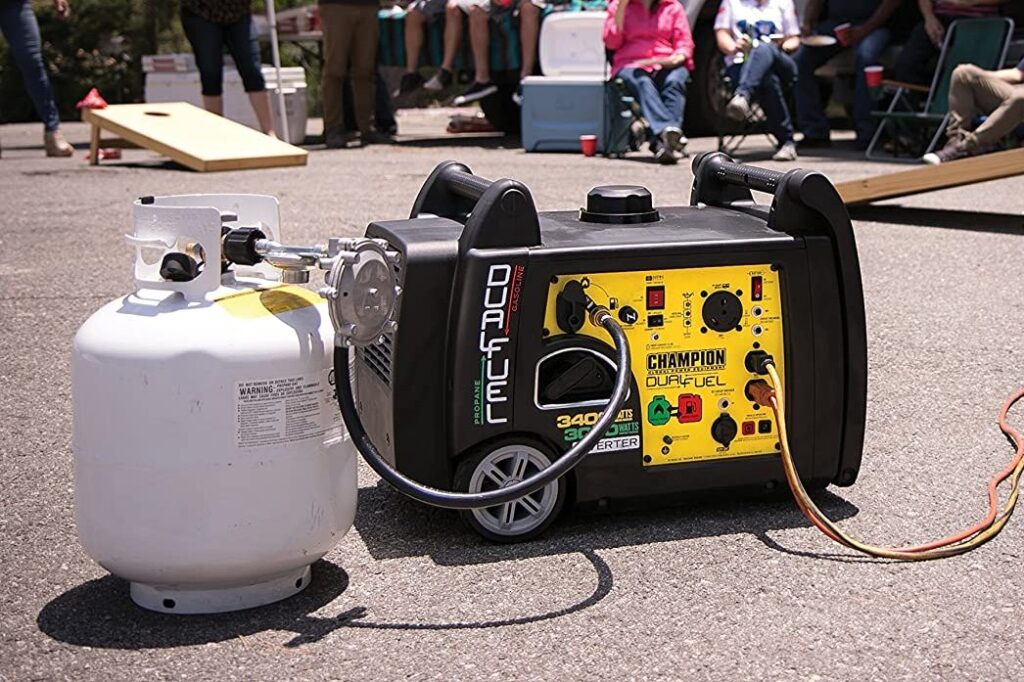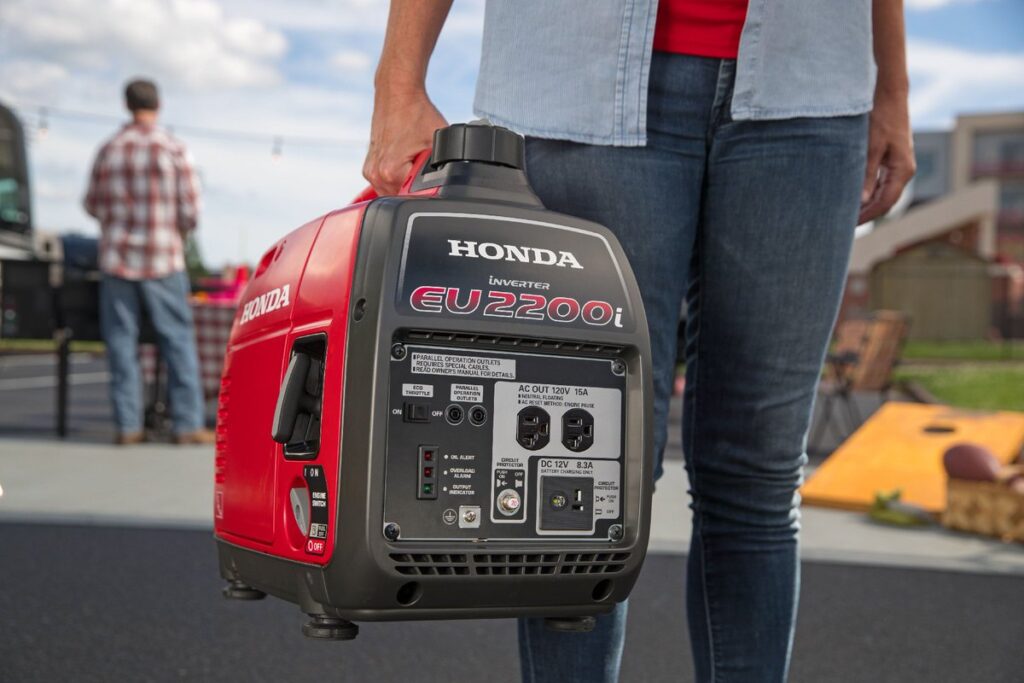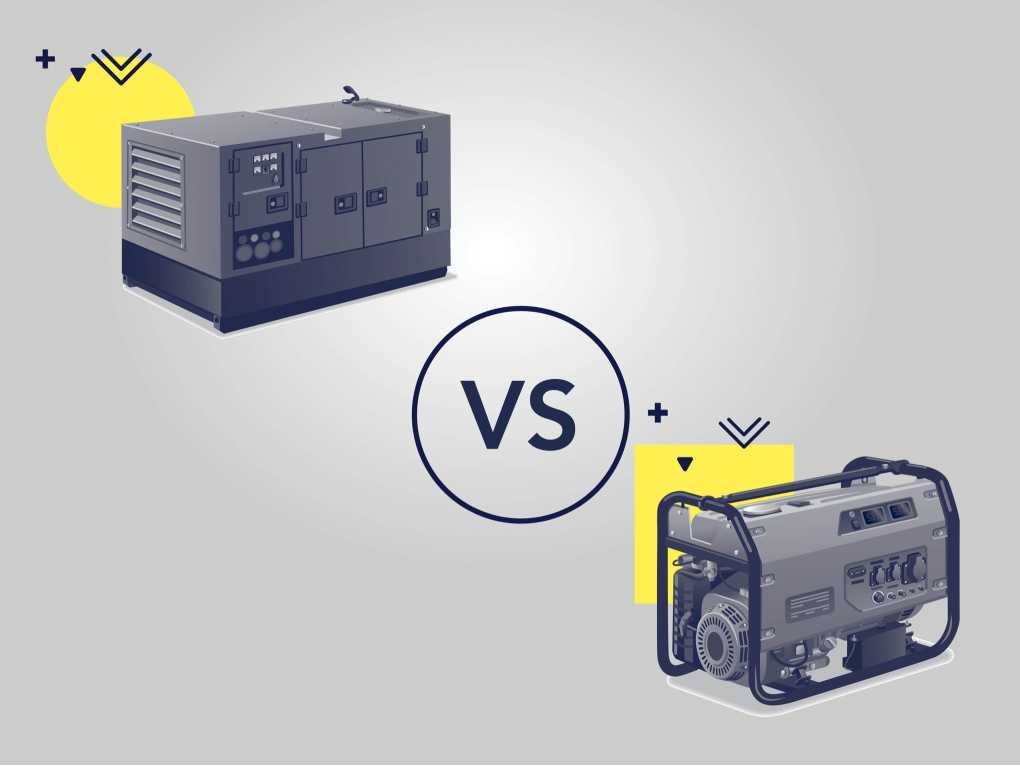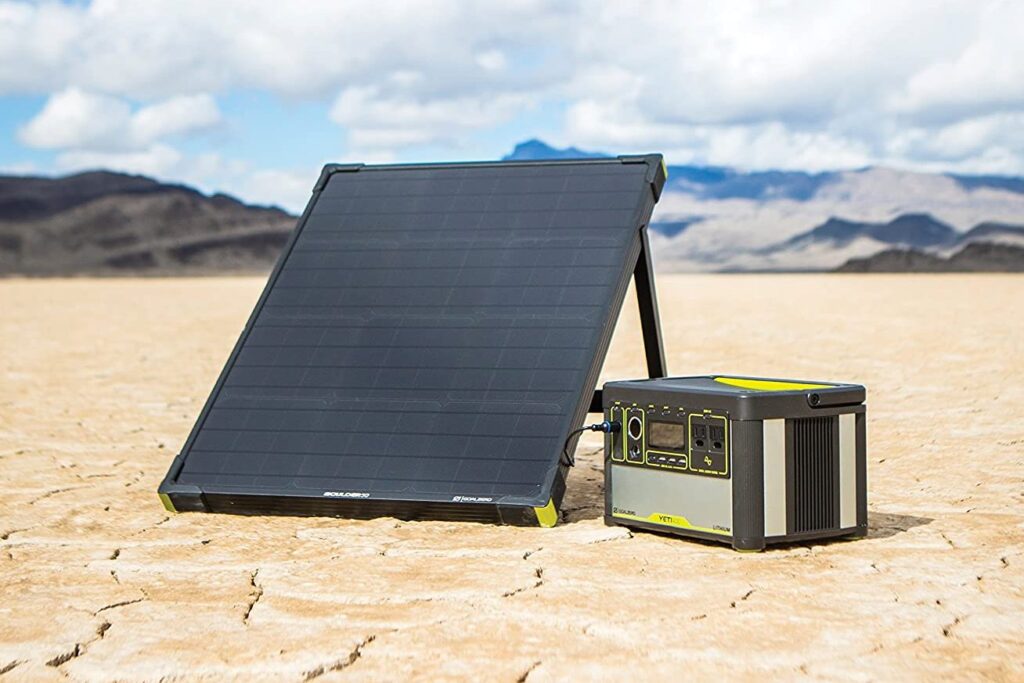We live in times where we live on electricity, even though we do not necessarily need electricity to live. Therefore, having electrical power is of great significance to carry out routine tasks.
Even with electricity being such an important factor in day-to-day life, there are many people who suffer from electrical outages. Hence, generators come in. The powerful appliances that do not rely on a grid to supply electricity during an outage.
That is to say, if you want to prevent any discontinuity or inconvenience due to power outage, a generator is the perfect and only solution for you. In addition to powering up your house, generators also help in preventing disruptions of business operations.
However, depending on your requirement you can choose the right configuration. Generators are available in several physical and electrical configurations to supply power accordingly.
But just as any other machine, you need to take certain safety precautions to ensure, that the generator is being operated the right way. Ensuring that the generator is set up correct will help you jump over all halts from power outages.
It is important to understand that generators are essential and not just an extra add-on to your home or office appliances. In other words, they make sure your other appliances work without any interruption.
However, ensuring that you safely operate your generators is vital. There are several safety rules, guidelines, and regulations that you must consider. One of them is grounding the generator.
Having said that, it might be confusing that if all generators have to be grounded. The short answer is that yes, all portable generators need to be grounded. But based on the design, you’ll know if it requires anything special.
Grounding a generator refers to setting up an electrical circuit to a reference ground. “Ground” in this case does not simply refer to the earth surface. For generators, the frame acts as an electrical circuit, along with a proper grounding rod installation.
In other words, the reference ground is the grounding rod. A basic approach would be to connect a copper wire from the generator’s frame to the ground rod to ensure safe operations.
The process of grounding a generator is straightforward and you only require the right tools. Once the generator is grounded, there is no need to worry about electrocuting yourself or anyone else.
Grounding is a quiet straightforward process and no extra labor is required. As long as you have the tools needed to ground a generator, it will be a brief process.
Here’s a list of tools required:
A Copper Grounding Rod – This special tool is designed precisely to be hammered into any patch of ground. The spot you pick should be capable of safely exhausting and dissipating electrical current. Any four feet rod should suffice but a recommended length would be about eight feet.
A Fairly Heavy Mallet – Given the size of the grounding rod, the mallet needs to be heavy enough to drive it into the ground to the desired depth. A shovel and a spike might also be required if the ground is firm. However, even if the ground is making it hard to drive the rod in, you can hammer it at a 45-degree angle.
Copper Grounding Wire – Once the rod is driven into the ground, you will need a copper grounding wire to set up the connection between the rod and generator. In other words, make sure there’s sufficient wire available.
Wire Strippers and Pliers – These tools are essential for any electrical appliance. The wire strippers and pliers will be important for stripping the wire and connecting it to the rod and generator’s grounding bolt.
Once the set of tools is check, you’re good to go! However, some optional tools would be a screwdriver and a shovel. If the ground is hard, water can help soften it up before driving the rod.
Similarly, in case anything has been done incorrectly, you can use a head screwdriver to remove the bolt. This is mostly handy if the bolt does not feature a hex head.
And as already mentioned, the shovel can help bury the rod if the ground is too rocky for hammering.
Before you actually carry out grounding, be sure to read the manual that comes with the generator. In other words, most modern generators have a single system design framework. That is to say, the frame serves the purpose of grounding. An example would be one of the flagships 10,000-Watt Generators.
On the other hand, if your generator requires an external ground you can continue with the steps.
It is highly advised to ensure that the generator is “off” before you start to ground. The process is fairly simple and gets done in three easy steps.
1. Hammer/Bury the Copper Grounding Rod into the Ground
The first step is as simple as hammering a nail on a wood board. But of course, depending on the firmness you might need to apply extra force or change the angle.
It is recommended that you the entire length of the rod is buried. This will help minimizing the chances of electrocution even further. A depth of four to eight feet will help avoid electrocuting anyone nearby.
2. Use the Copper Grounding Wire to Set up a Connection with the Rod
Now that you have the right tools, its’ time to put them to good use. Take the wire strippers and strip about 6 to 12 inches off from one end of the wire.
After that, use the pliers to wind up the wire end with the top of the rod and secure it firmly around the rod.
3. Connect the Wire with the Generator
Take the other end of the wire and strip off at least three inches and once again, use the pliers to firmly wrap the exposed end of the wire around the generator’s grounding bolt.
After everything is taken care of, retighten to ensure that the wire is secured and will not unwrap easily.
Having one of the best propane generators can save a lot of trouble. In addition to year long warranties, safety presets, and weather resistance, you’re pretty much taken care of on the safety aspects.
However, here are the best tips to help you properly ground the generator.
1. Always Read the Manual – Reading can be boring sometimes but not when there are chances of electrocution if you skip the literature. The manual will help you understand if the generator actually needs to be grounded. If it does, what steps you should take based on the model.
2. Low Resistance is Crucial – When grounding your generator, make sure that there is least resistance in the bonding circuits as well. A recommended resistance would be of 0.2 ohms or less. This is important, as it will ensure that the connection is fully capable of conducting the electric current in case of a short.
3. Keep the Generator Dry – One of the best practices include, keeping the generator dry. At the time of grounding, it is essential that the generator is completely dry. It is strongly advised not to work in wet conditions. Moreover, also ensure that your hands are completely dry as well before you ground.
4. The Wire and the Rod – These two are the key elements in grounding. The safest known option up to date is copper. In addition to a depth of eight feet, make sure that the rod does not point towards a frequently populated spot.
Safety precautions not only help you reduce chances of hazards but also ensure a long service life of the machine you are using.
Generator or not, the steps you take to ensure safety and maintenance will determine if the machine dies out in a month or lasts you several years. Therefore, always pay high regards to the safety aspects of your appliances.
In light of all discussed above, it is highly recommended to ground the generator. The practice ensures that no severe injuries or harmful events occur. However, depending on the generator, you may or may not need to ground it in the conventional sense.
A final word of advice would be to check the user manual. The information in the manual will 100% help you determine if the generator needs to be grounded or not. That is to say, it is common sense, the manufacturer will give you better advice than anyone else.
Finally, if knowing all the tips/useful info we’ve provided you with, you’re still puzzled what to look for when shopping, here’s a nice list of 10 best propane generators.
It is important to consider what purpose will the generator serve; do you need it for home/office or travelling? If you’re seeking an adventure and heading out in your RV, we also prepared a list of 8 best RV generators to keep you powered up.
